How to pay for things in Japan? Payment methods in Japan are always on the list of things that first-time visitors are most concerned about. The landscape of payments in Japan has changed over recent years, but some of its peculiarities are still surprising to travellers used to more cashless societies.
To get the most out of your trip, Japan requires a strategic approach combining cash, cards, and IC transit cards. While the country has moved beyond its cash-only reputation, it hasn’t achieved the cashless penetration of some neighbouring nations.
Want more free content like this?
- Cash is still king in many scenarios
- Is it safe to carry cash around with you?
- Digital payment security in Japan
- ATM access for foreign cards
- Credit card acceptance
- IC Cards: transportation and shopping integration
- Mobile payment limitations
- A payment option for expats living in Japan
- Regional payment variations
- My recommended payment strategy
- Summing up
- Leave A Comment / Ask A Question
- About the Author
- I'm Rob, and I've been where you are
- Benefits You Can Choose
- What Clients Say
- How It Works
- Ways I Can Help You With Concierge
- Ready to Get Started?
- RESOURCES
How To Pay For Things In Japan
by Rob Dyer
Cash is still king in many scenarios
In 2024, Japan had a 42.8% ratio of cashless payments, which was above the 40% target set by the government. Nevertheless, cash is still the most widely accepted form of payment in all the establishments and regions.
Smaller restaurants, street food, traditional restaurants, many ryokan, local taxis, contributions to the shrines, and local bus services all require cash. Cultural etiquette sees the use of small trays provided at registers for cash rather than handing money directly to staff. Also, Japan maintains no tipping culture. Attempting to leave tips often results in staff returning the money.

It’s a good idea to have a good handful (or purse full) of small coins, especially ¥100 coins, with you at all times, as you’ll soon find these essential day-to-day currency for small purchases and for use in all kinds of vending and ticketing machines that don’t accept payment by card.
Is it safe to carry cash around with you?
When planning trips for my clients, I’m often asked if it is safe to carry cash around with you when travelling in Japan. The short answers is yes it is. The country’s exceptionally low crime rates makes carrying amounts greater than you might back home perfectly safe. Just use your common sense – particular in busy tourist areas of big cities.
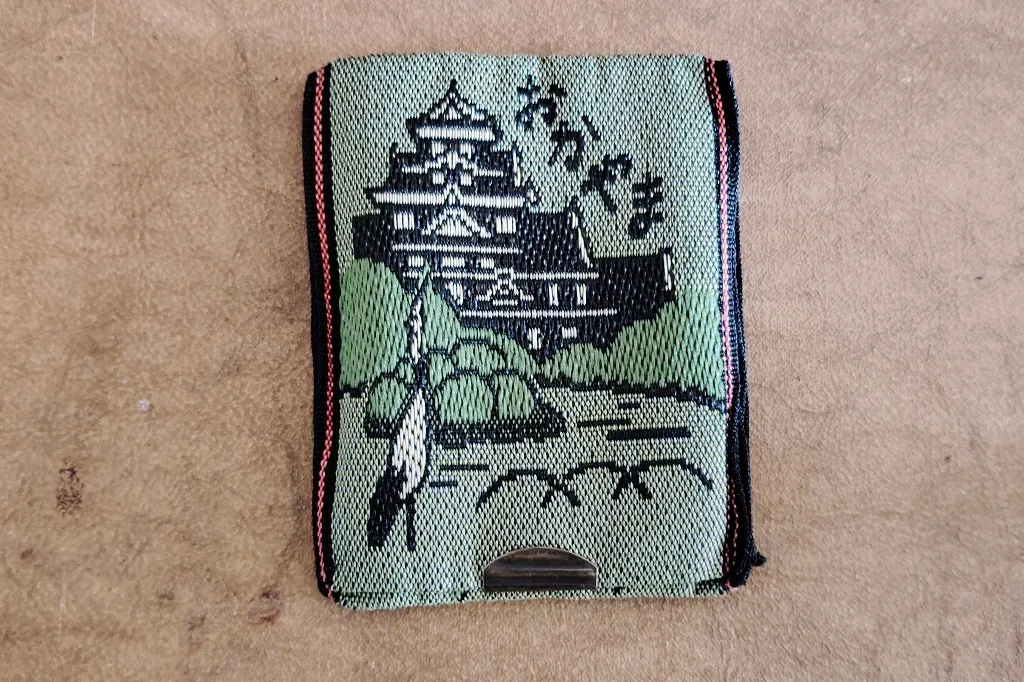
Digital payment security in Japan
Japan’s digital payment infrastructure is exceptionally secure because the sophistication of technology used as well as the interests of consumers being highly valued in the country. The adoption of mobile payment has increased exponentially, and the number of mobile users in Japan hit 194 million in early 2025.
Digital entertainment platforms demonstrate this security-first approach particularly well. Legitimate digital services, such as top-rated options by Card Player, implement comprehensive security measures, including certified random number generators from third-party organizations and Japanese-friendly payment options supporting Japanese yen transactions and cryptocurrency alternatives like Bitcoin.
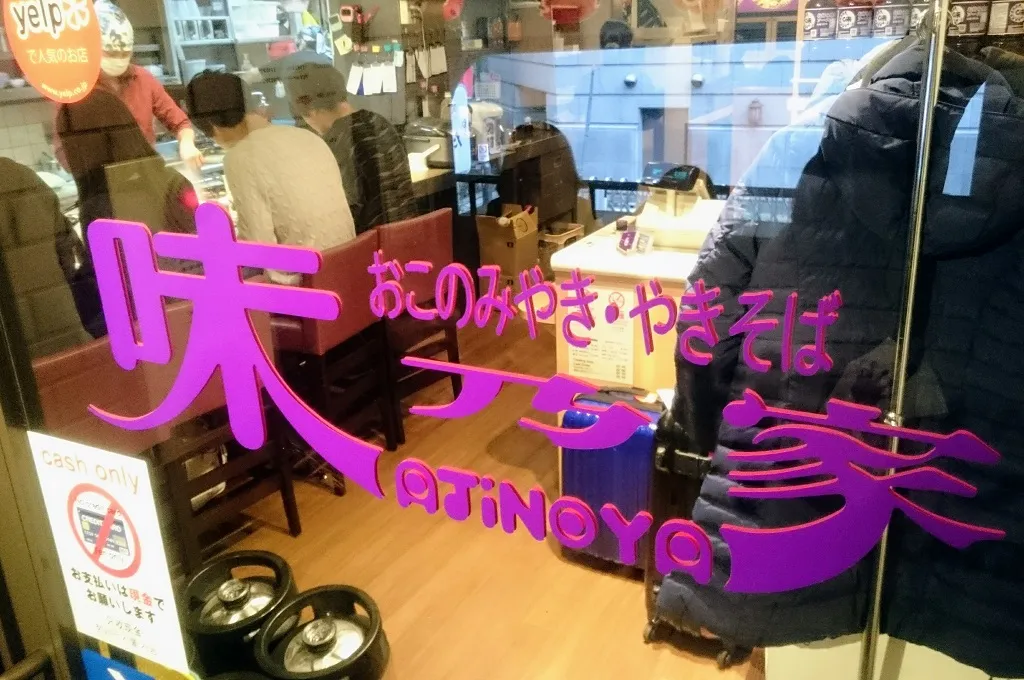
The sites are tailored to iOS and Android platforms, with Apple Pay/Google Pay support and mobile user interfaces. This technological platform goes beyond entertainment to normal transactions, and this has offered a platform where tourists can be assured of being able to use digital forms of payment as well as the traditional ones across Japan.
ATM access for foreign cards
A surprising number of standard Japanese bank ATMs still reject foreign cards. Instead use ATMs found in convenience stores and Japan Post offices. Both can be found all over Japan and both are reliable. Personally, I mostly use Post Office ATMs.
Seven Bank ATMs are located in 28,000+ 7-Eleven outlets, which overwhelmingly are accessible 24/7, offer 12 languages, and take virtually all international cards. Many card types qualify for fee-free withdrawals. Japan Post Bank ATMs provide similar reliability across 26,000+ locations, though with more restricted operating hours.
Transaction fees typically range from ¥110 to ¥220, making larger withdrawals more economical. For me, I tend to withdraw close to or at the limit each time – which at Post Office ATMs is ¥50,000 per day.
Currency Converter
Credit card acceptance
Card acceptance has expanded significantly, with Visa, Mastercard, and JCB working seamlessly at major hotels, department stores, chain restaurants, convenience stores, and tourist attractions. American Express and Diners Club function well, though with slightly reduced acceptance.
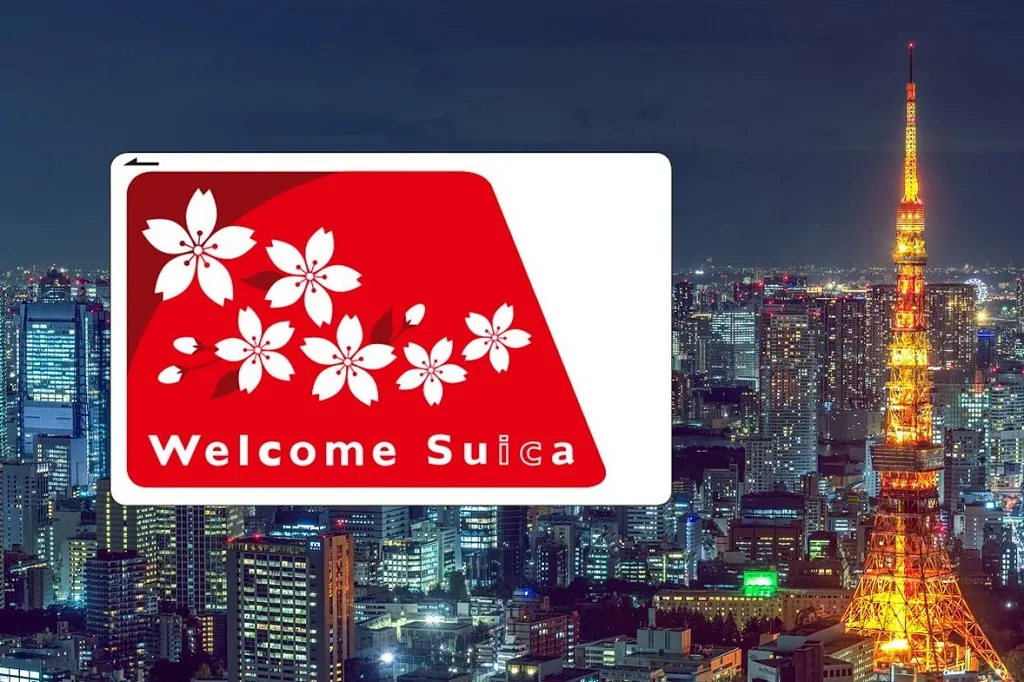
Limitations persist at small independent restaurants, traditional establishments (including accommodation), some taxi services, and street vendors. When using cards, be sure to select payment in Japanese yen to avoid unfavourable dynamic currency conversion rates.
IC Cards: transportation and shopping integration
IC cards like Suica provide seamless payment for both transportation and retail purchases at over a million locations nationwide.
The Welcome Suica card offers the most tourist-friendly option, requiring no deposit (standard cards need ¥500), though it’s non-refundable and only has a 28-day validity. Regular Suica and Pasmo cards returned to availability in 2025 after chip shortage resolutions, and if you’re staying longer than 28 days or are planning to return to Japan, then I recommend buying a regular Suica or any of it’s regional equivalents (they all offer the same coverage and are all widely accepted). Welcome Suica remains optimal for short-term visitors.
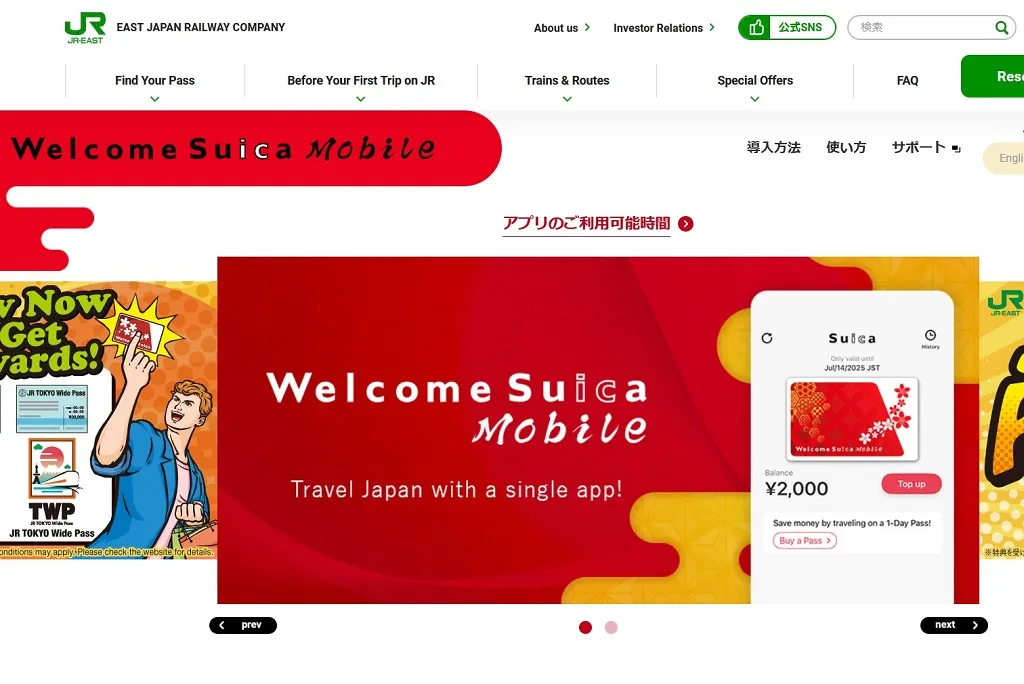
In March 2025, Welcome Suica Mobile was introduced as an iPhone app, providing 180 days of validity and the ability to set up in advance. Initial loading of ¥3,000-¥4,000 should suffice to cover most of the transport needs, and it could easily be loaded at the JR ticket machines or at the 7-Eleven stores.
They are used in trains, subways, buses within the country, and in shopping in convenience stores, vending machines, restaurants and even as payment for taxi rides – basically very handy!
Mobile payment limitations
Despite the surging number of foreign visitors, Japan’s mobile payments system focuses primarily on domestic users, creating some barriers for tourists. Popular local applications like PayPay (55+ million users) require Japanese residency verification and domestic phone numbers.
Functional international options include Apple Pay with iPhone 8 or newer devices – specify “QUICPay” or “iD” to cashiers rather than “Apple Pay.” Google Pay offers limited functionality unless devices contain Japan-specific FeliCa chips.
Contactless credit cards work increasingly well at major chain stores when contactless payment symbols appear.
A payment option for expats living in Japan
Mobalpay is a prepaid Japanese payment card that’s designed for use by expats in Japan. You can use it in-store or online, you can top-up your balance online or at ATMs all over Japan, and you don’t even need a Japanese bank account. Mobalpay keeps things simple with transparent pricing.
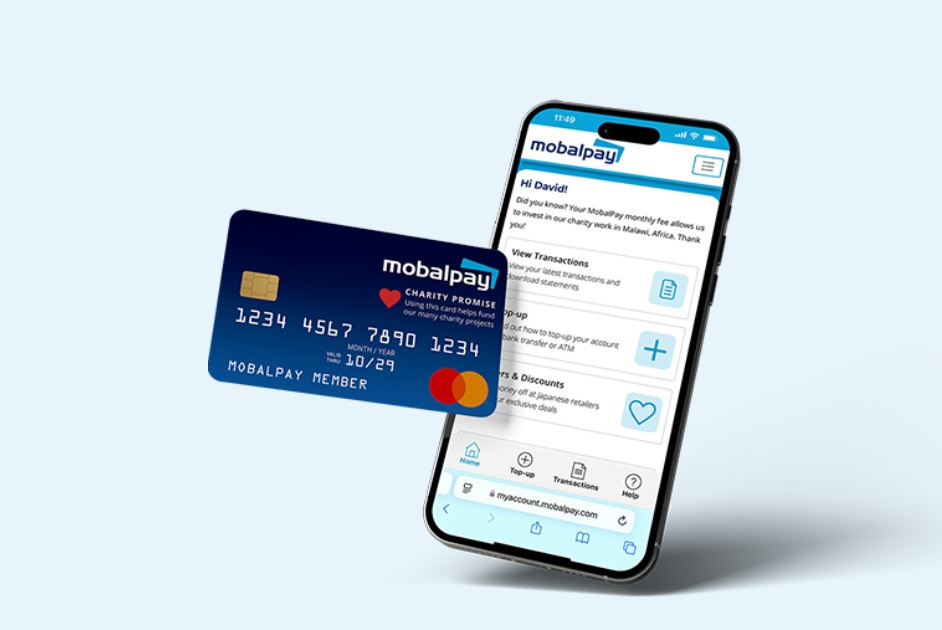
There are no top-up fees or transaction percentages to worry about. After a one-time setup fee, you’ll pay just ¥385 per month. This straightforward monthly fee ensures you receive consistent, quality service while also contributing to charitable initiatives the company supports. You can find out more about Mobalpay here.
Regional payment variations
Major cities provide comprehensive cashless options, while rural areas maintain a higher dependency on cash.
Card acceptance drops to 20-30% of establishments outside urban centers, especially family-run shops and countryside guesthouses and ryokan. I always advise withdrawing cash in cities before travelling to rural areas to prevent unforeseen problems with payments in remote areas.
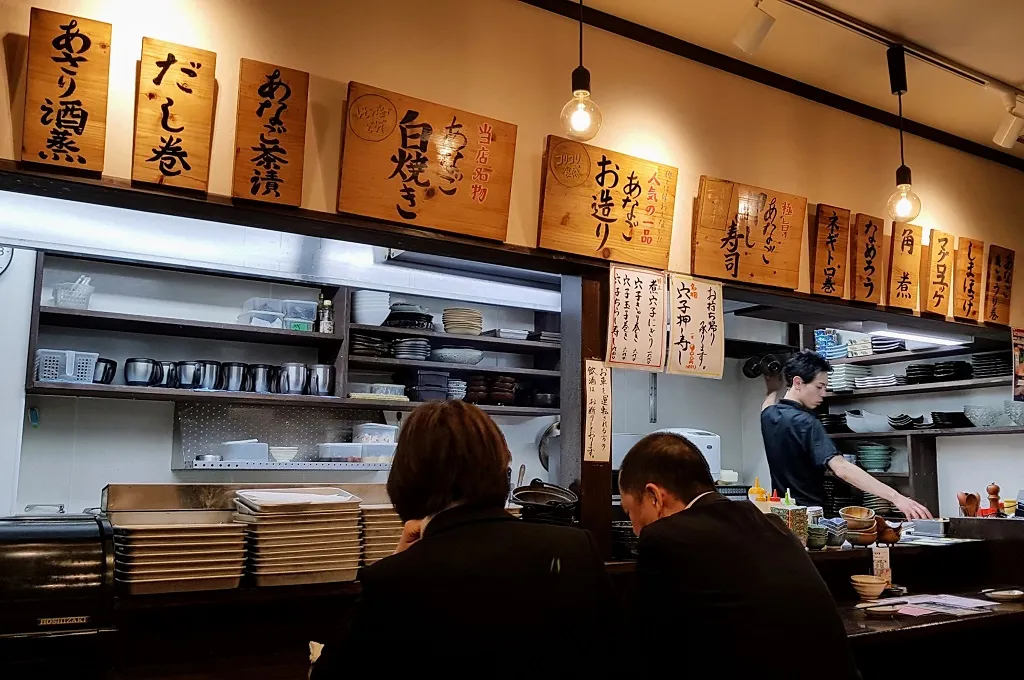
Kyoto is a mixed case, with tourist-related enterprises readily adopting credit cards and traditional enterprises such as temples, markets, inns, and ryokans generally leaning towards the convenience and reliability of cash payments.
My recommended payment strategy
- Pre-departure planning: Inform your bank about your travel plans, make use of 4-digit PINs on cards, and even look for travel-friendly cards such as Wise or Revolut that have good exchange rates. (My wife and I use both.)
- Arrival procedures: Pre-order Welcome Suica cards and collect at your arrival airport, get cash with Post Office or 7-Eleven ATMs, and set up Apple Pay or Google Pay on compatible devices.
- Day-to-day strategy: Transport and convenience items should be covered using IC cards, significant costs and accommodation can be paid with credit cards, and in some cases with cash for traditional and rural locations.
Summing up
While Japan is aiming for 80% cashless adoption sometime in the 2030s, in order to travel successfully today, you need to use various payment methods. The country’s continuing blend of traditional cash culture with advanced technology means visitors prepared with the maximum transaction options with have the most flexibility and easiest time.
About the Author

A writer and publisher from England, Rob has been exploring Japan’s islands since 2000. He specialises in travelling off the beaten track, whether on remote atolls or in the hidden streets of major cities. He’s the founder of the multi-award-winning TheRealJapan.com.
Recommended For You
Want a Japan trip that perfectly balances the iconic and the authentic? Concierge is my personalised travel planning service crafting journeys that align with your specific interests while incorporating both must-see highlights and hidden gems most tourists miss. Together, we’ll create an experience that goes beyond the surface, connecting you with the Japan you’ve always dreamed of discovering.
I’m Rob, and I’ve been where you are
I understand the struggle of building an itinerary that perfectly balances the iconic and authentic sides of Japan.
That’s why I founded The Real Japan, a place where independent travellers like you can thrive. My passion for sharing Japan beyond the cliches is what drives me.
I offer more that just inspiration; I provide personalised, unique and tailor-made travel plans to take your travels in Japan to the next level.
Want to see how I can transform your Japan travel?

Benefits You Can Choose
Personal Itinerary
A tailor-made Japan Travel Plan matching your personal interests
and preferences
Unique Experiences
A unique Artisan Experiences Plan giving you private access to Japan’s finest craftspeople
Perfect Lodging
Curated accommodation/hotel recommendations based on your needs and criteria
What Clients Say
How It Works
Step 1: Book your service
Choose the plan duration that best fits your needs.
I have 4 options to choose from.
Step 2: I’ll handle all the details
I’ll ask you questions, we can jump on a Zoom call,
or you can email me your draft ideas.
Step 3: Your dream Japan
I set aside time to work exclusively on your travel plans.
I deliver your personal solution.
Ways I Can Help You With Concierge
Ready to Get Started?
RESOURCES
Further Related Guides
3 Common Mistakes Planning A Trip To Japan
5 Travel Essentials You Need BEFORE Coming To Japan
Top 7 Etiquette Tips For Travel in Japan
More Planning Resources
My List of Recommended Japan Travel Resources
Recommended Japan Travel Resources
My Japan Travel Store
Feel free to share this guide if you found it helpful:




